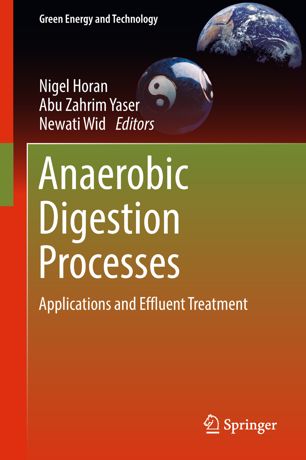

Most ebook files are in PDF format, so you can easily read them using various software such as Foxit Reader or directly on the Google Chrome browser.
Some ebook files are released by publishers in other formats such as .awz, .mobi, .epub, .fb2, etc. You may need to install specific software to read these formats on mobile/PC, such as Calibre.
Please read the tutorial at this link: https://ebookbell.com/faq
We offer FREE conversion to the popular formats you request; however, this may take some time. Therefore, right after payment, please email us, and we will try to provide the service as quickly as possible.
For some exceptional file formats or broken links (if any), please refrain from opening any disputes. Instead, email us first, and we will try to assist within a maximum of 6 hours.
EbookBell Team

4.7
66 reviewsThis book presents new application processes in the context of anaerobic digestion (AD), such as phosphorus recovery, microbial fuel cells (MFCs), and seaweed digestion. In addition, it introduces a new technique for the modeling and optimization of AD processes. Chapters 1 and 2 review AD as a technique for converting a range of organic wastes into biogas, while Chapter 3 discusses the recovery of phosphorus from anaerobically digested liquor. Chapters 4 and 5 focus on new techniques for modeling and optimizing AD. Chapters 6 and 7 then describe the state of the art in AD effluent treatment. The book’s final three chapters focus on more recent developments, including microbial fuel cells (MFCs) (Chapter 8), seaweed production (Chapter 9), and enzyme technologies (Chapter 10).